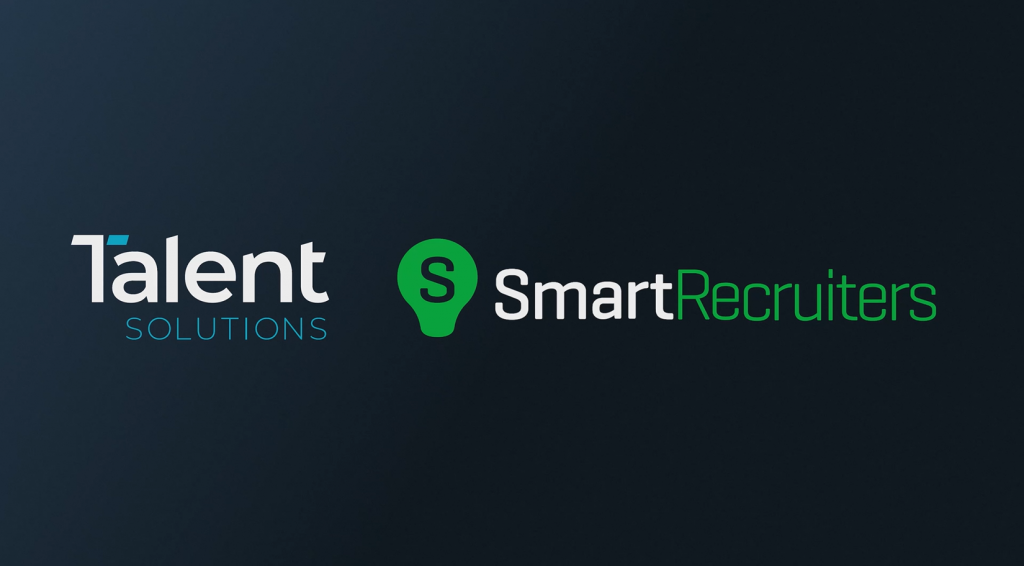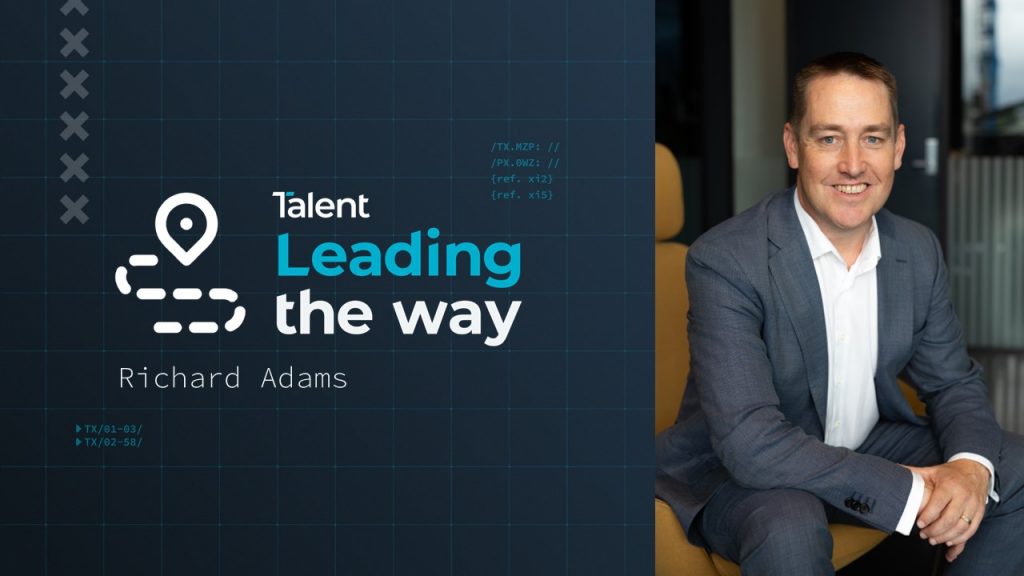
Partnering with SmartRecruiters for Hiring Success
Partnering with SmartRecruiters for Hiring Success

Talent Acquisition is a tough gig. In today’s competitive job market, organisations face countless challenges when it comes to attracting, hiring, and retaining top talent. From navigating complex hiring processes to selecting the right technology solutions, the demands placed on TA professionals are greater than ever before.
That’s why our advisory and embedded talent acquisition arm, Talent Solutions, has partnered with SmartRecruiters. Through this collaboration we can empower organisations to overcome hiring challenges, optimise their people processes and technology, and ultimately achieve superior hiring outcomes.
People, process, tech, and brand
At Talent, we believe in the importance of aligning people, process, technology, and brand to create a seamless and effective talent acquisition strategy. Our friends at SmartRecruiters share this philosophy.
Here’s why these four elements are so crucial when it comes to attracting the best:
- People: Finding and retaining top talent is about more than just job postings and interviews. It’s about understanding your organization’s culture, values, and goals, and finding candidates who align with them. Without a clear understanding of your people needs, your hiring efforts may fall short.
- Process: A streamlined hiring process is essential for attracting and engaging top candidates. If your process is cumbersome or inefficient, you risk losing qualified candidates to competitors. By optimizing your hiring process, you can ensure a positive candidate experience and increase your chances of making successful hires.
- Tech: Technology plays a crucial role in modern talent acquisition, from applicant tracking systems to AI-powered recruitment tools. However, selecting the right technology can be daunting, and implementing it effectively is even more challenging. Without the right tech solutions in place, your hiring efforts may be hampered by inefficiency and inconsistency.
- Brand: Your employer brand is a powerful tool for attracting top talent. It’s not just about the perks and benefits you offer; it’s about the story you tell and the values you embody as an organization. Without a strong employer brand, you may struggle to differentiate yourself from competitors and attract the best candidates.
A powerful combination
Linking people, process, technology, and brand is essential for effective talent acquisition because it ensures alignment and cohesion across all aspects of the hiring process. When these elements work together seamlessly, organizations can attract, engage, and retain top talent more effectively, ultimately driving business success.
Our partnership with SmartRecruiters means we can help organisations achieve hiring success in more ways than ever before. By combining our expertise in advisory and embedded talent acquisition with SmartRecruiters’ innovative platform, we provide clients with the tools and support they need to build winning talent acquisition strategies. Together, we’re transforming the way organisations transform TA.
Ready to transform your hiring strategy? Contact us today to learn how Talent Solutions and SmartRecruiters can help you achieve hiring success in your business.











